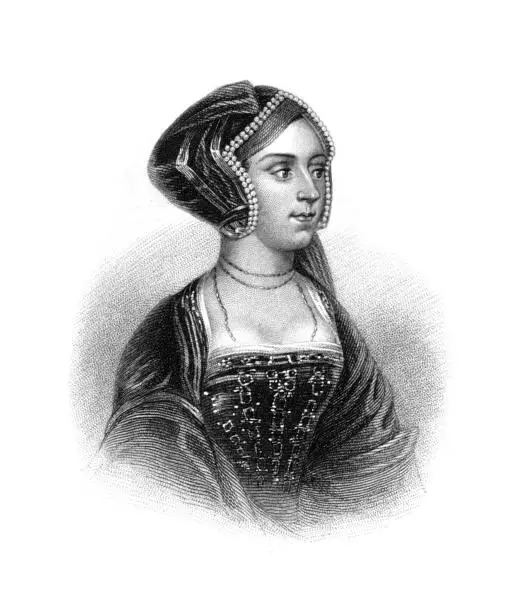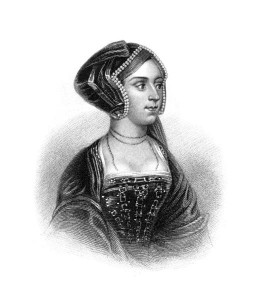Nasim’s Entry

 Nasim has tried to make the format of her eye-witness account similar to contemporary records of Tudor execution speeches so has drawn on Otwell Johnson’s account of the executions of Catherine Howard and Lady Rochford, and also Hall’s description of the death of Cromwell, as well as the sources listed below:-
Nasim has tried to make the format of her eye-witness account similar to contemporary records of Tudor execution speeches so has drawn on Otwell Johnson’s account of the executions of Catherine Howard and Lady Rochford, and also Hall’s description of the death of Cromwell, as well as the sources listed below:-
On sainte Dunstane’s daie past I did see the layte quene ann (whose sowle may God pardon) make a godly end in the tower. The ladie, who showeth no sygn of woe, ascended the scafold wth as moche grace as befyttyng the station she had fallen from. Some later sayeth that the said ladie was moche bewylderd and looked behynd to wait for a sygn of the kyng’s gracious mercie but this be iydle gossyp by iydle persons. In the crowd of syndry persons I saw mastar secreterie who some sayeth had a hand in thys end. The kyng’s naturall sonne, the duke of rychmond and somerset, who the ladie was accused though not condemned of poysonyng, was there too. The archbysshop who is thought to be moche amazed by the newes of the ladies guilt was not wth her in the end. The ladie, whose crymes be abhomynable, came to the playce with iv women that appeareth stern but then wept hartely upon the ladies speech to the people. The ladie was led to the scaffold by lord kyngstone who it is said has a wyfe who liketh not the ladie but loves the ladie Maries grace. The saide ladie ann spoke to the people and saide that she had been judged by the lawe of the realme and desireth not to speake agaynst thys. Some sayeth that she saide that our Marker is the judge of the worlde & knows all that is tru and thys be sufficent. She did not speake about the traiterous & heinous crymes for which she received punisshement, deynyng them nor acceyptyng them as true. There are already murmurs across the citie about the ladies end, as there was sypport for the ladies broter, the lord rotcheford (whos sowle may god pardon) at hys tryal. Ladie ann then made praise of the kynge, desyreth that he reygne long over the lande for he be a gentyll soveraigne who feareth god and loveth the people. The ladie made proper utteryngs about God, showyng her christyan fayth as thrugh Christe ownle can we seek salvation. The ladie asketh the people to judge her well and pray for her which I did hartely. The ladie gave unto the ffrench executioner hys fee whych proved well paid. As the ladie knelt to dye many tryed to hear the wordes she spoke. I thynk I heard her sayeth “Jesu receiveth my sowle, Lord God have pitie on my sowle”. She was pacient but made to look at the executioner to see when he would accomplysh hys worke. She continued her prayers when in a suden her hed was strucke off by the sworde and she was no more. I praye she recyved a Chrystans buryall though I fear no coffyn was made. Her crymes be wicked though I pray she was wellcomed by her Creator who she appeareth to trust & honor till her end. If thys be done then she will truly be the mooste happie.
By Nasim Tadghighi
Sources
- Eric Ives, The Life and Death of Anne Boleyn, pp. 357-9
- G.W. Bernard, Fatal Attractions: Anne Boleyn, chapter 11
- Retha Warnicke, The Rise and Fall of Anne Boleyn, chapters 8 and 9
- Wriothesley’s Chronicle, pp. 41-2
- The Spanish Chronicle, pp. 70-1
- Hall’s Chronicle, p. 819
- Lancelot de Carles, Anne Boullant, Epistre contenant le process criminal faict a l’encontre de la royne Anne Boullant d’Angleterre (Lyons, 1545), p. 214